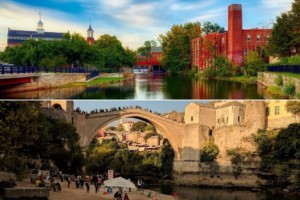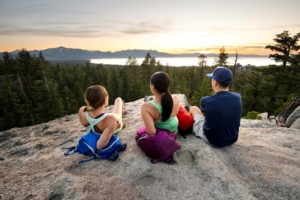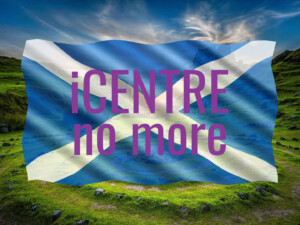Scottish tourism plans transformational path to post-COVID recovery
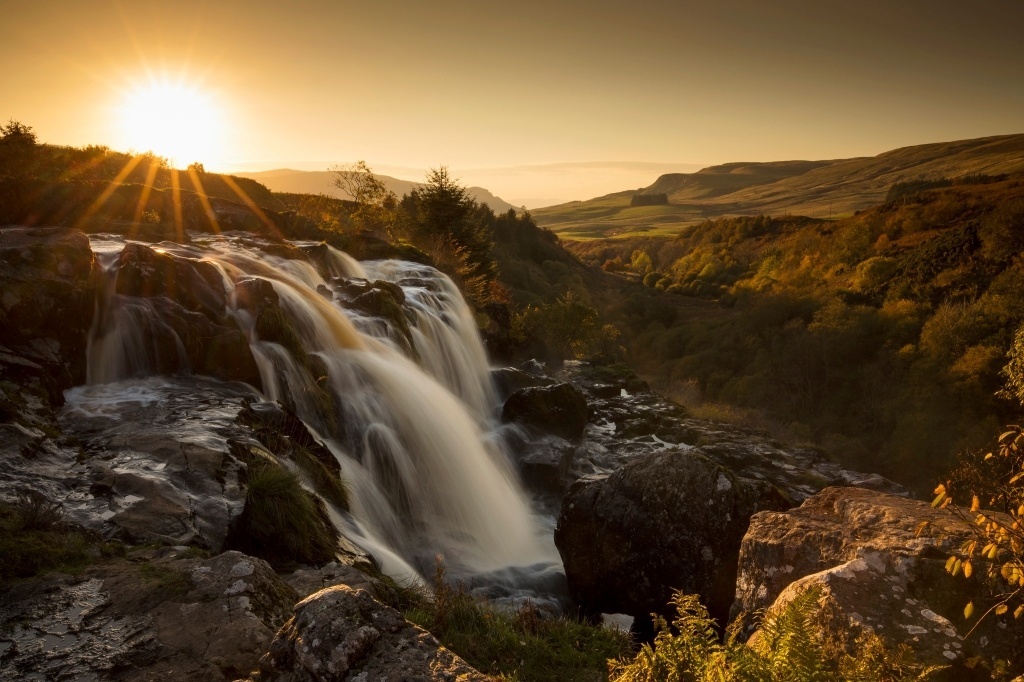
VisitScotland chief Malcolm Roughead shares how his organisation has worked with host communities and other tourism stakeholders to plot a responsible and sustainable route out of the COVID crisis. Enjoy this “Good Tourism” Insight.
Scottish tourism, like the sector worldwide, is in a precarious state. The coronavirus pandemic and its ongoing effects are challenging the industry in unprecedented ways. Adaptation has become the norm, as the sector looks to maintain business and retain its consumers.
As the effects of the pandemic took hold in March, the Scottish Tourism Emergency Response Group met to create a plan to help tourism businesses recover from this crisis. It became clear early on, as the virus swept the globe, that recovery would take time. Many businesses would require significant support, not least financial, as we navigated the new normal. We also recognised the opportunity to reset tourism and shape its responsible and sustainable recovery in a way that was aligned with the national tourism strategy, Scotland Outlook 2030.
Prior to 2020, Scotland thrived as a visitor destination. That popularity, inevitably, came with consequences, which at times put a strain on some communities, infrastructure, and the environment. The Scottish government created the Rural Tourism Infrastructure Fund to deal with challenges faced in those hotspot areas.
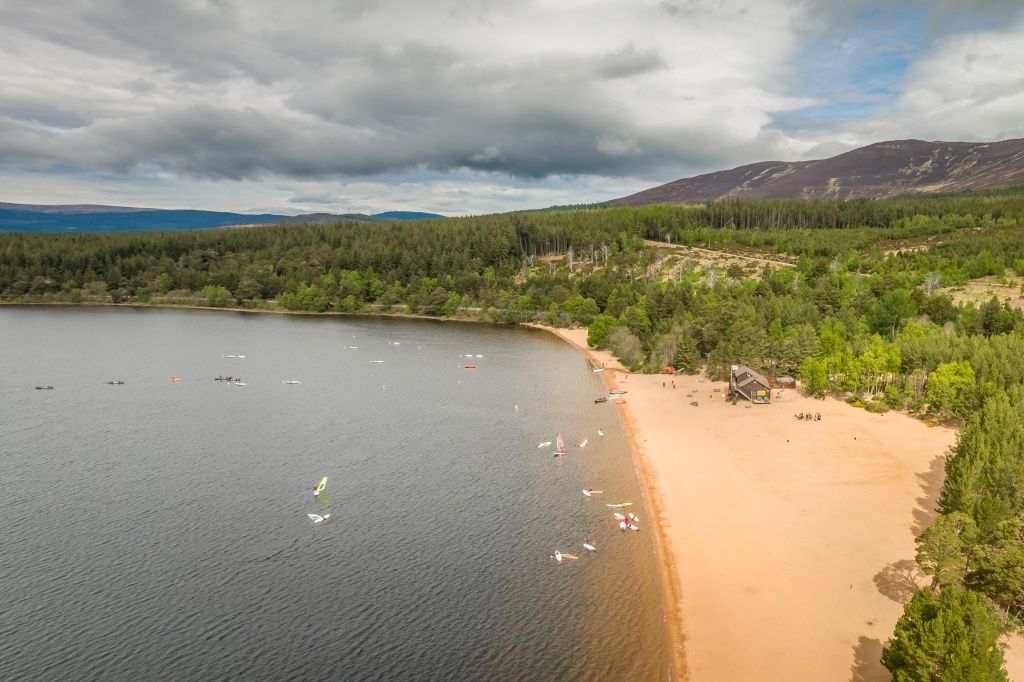
Collaborative partnerships are at the heart of what we do at VisitScotland. Across the country, events like our ‘Tea and Tourism’ program pull together representatives from local authorities, DMOs, individual businesses, and sector representatives to discuss local issues and opportunities.
Responsible & reassuring recovery
Now, as we look to the future post-COVID there is recognition that a responsible, reassuring, and phased approach to recovery is required for the benefit of the industry, communities, and visitors.
Building on existing stakeholder networks and relationships, VisitScotland has undertaken, through its Regional Leadership and Development team, a program of round table discussions. These began as we approached the reopening of tourism in July.
The round table sessions primarily focussed on areas where there was community concern around the reintroduction of visitors. The sessions facilitated discussions with host communities and key partners. We were able to listen to their concerns, share our plans and activities, and reassure them that a phased and responsible approach to recovery was being adopted. Sharing information about available guidance and support, consumer insights, and our plans for marketing and promotion were key.
The results of those discussions resulted in a bespoke approach to our marketing, taking into consideration the differing effects of the virus at a regional level across Scotland.
We also created a visitor charter to encourage visitors to act responsibly and take into consideration the impact of their behaviour on residents. We collaborated with industry partners and influencers to target those who needed encouragement to treat our stunning countryside respectfully.
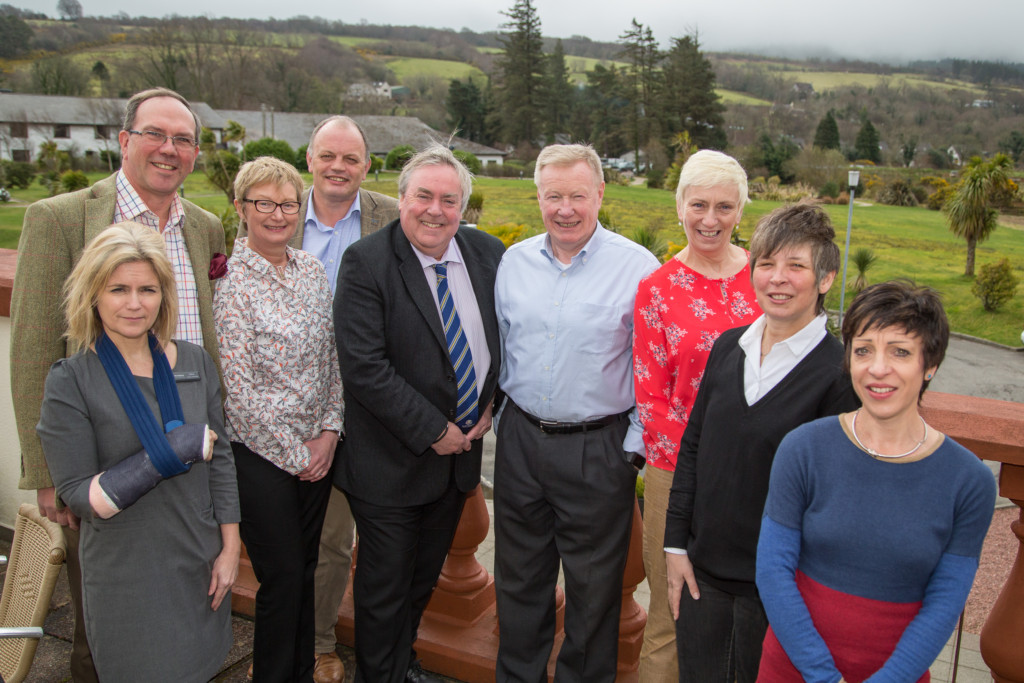
Transformational travel & tourism
There were already signs of behaviour change before the pandemic. In February we identified growing consumer demand for ‘transformational tourism’ in our Trends 2020 paper, and acknowledged it again in our most recent paper, Navigating the New Normal, in September.
We believe slow tourism will increase in popularity in the short term. There will be less travel but better travel. Personalisation will drive innovation as more consumers “travel with purpose”. They will want to witness, support, and experience rewilding, localism, restorative immersion, among other spirit-lifting activities and trends.
Responsible tourism is not just about changing visitor behaviour. It is also about ensuring that visitors and communities can live in harmony with enough resources for both. In turn, this will attract those consumers who seek fulfilling experiences and drive them to all regions of Scotland.
We know there’s renewed concern as the spread of the virus increases once more. This virus is ever-changing. We must be adaptable and considerate while navigating through the crisis in collaboration with our partners.
This is where industry can play its part, by maintaining an open dialogue with communities. For our part, we will continue our journey to becoming a leading responsible tourism destination as the road to recovery continues.
What do you think? Share a short anecdote or comment below. Or write a deeper “GT” Insight. The “Good Tourism” Blog welcomes diversity of opinion and perspective about travel & tourism because travel & tourism is everyone’s business.
Featured image (top of post): The Loup of Fintry. Image: VisitScotland.
Downloads
- Navigating the New Normal — Post-COVID19 Tourism Consumer Trends (PDF hosted off-site), VisitScotland, September 2020
- Trends 2020: Travelling towards transformational tourism (PDF hosted off-site), VisitScotland, February 2020
About the author
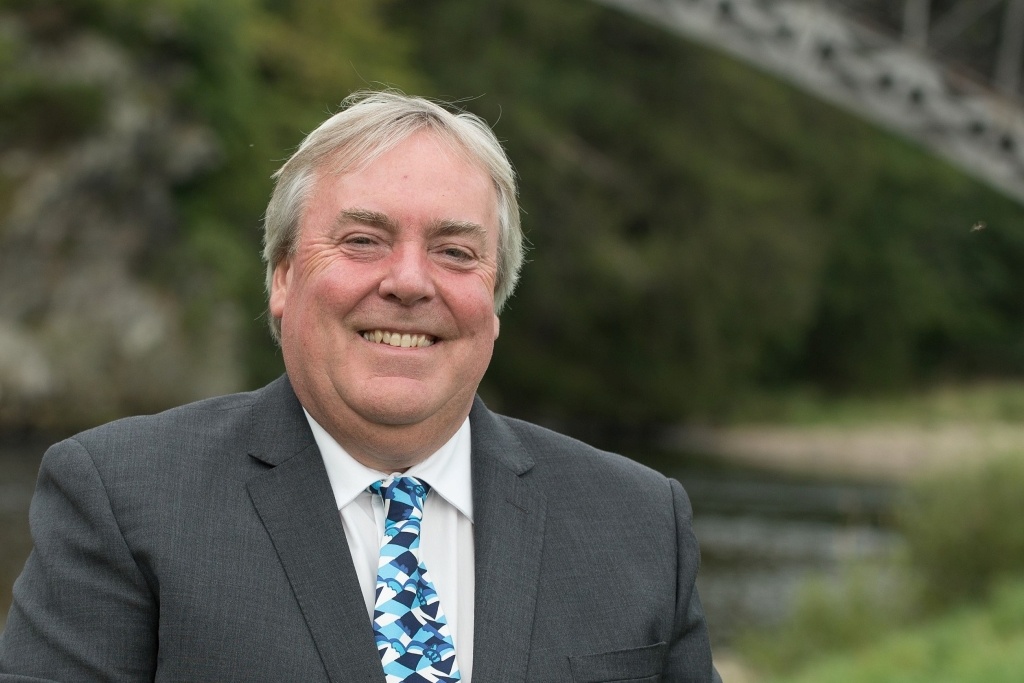
Malcolm Roughead was appointed VisitScotland’s chief executive in 2010, having been director of marketing since joining the national tourism organisation in 2001. Under his leadership, VisitScotland has expanded its digital presence and developed the global marketing campaigns “Spirit of Scotland” and “Scotland is Now”.
Prior to VisitScotland, Malcolm held a range of international and UK-based marketing roles with companies such as Diageo, Guinness World Records, Guinness in Africa, Nestlé, and Beechams. In 2005 he received an OBE (Order of the British Empire) for his services to tourism. He is also a Fellow of the Institute of Direct Marketing and a Fellow and former chair of the Marketing Society in Scotland.


